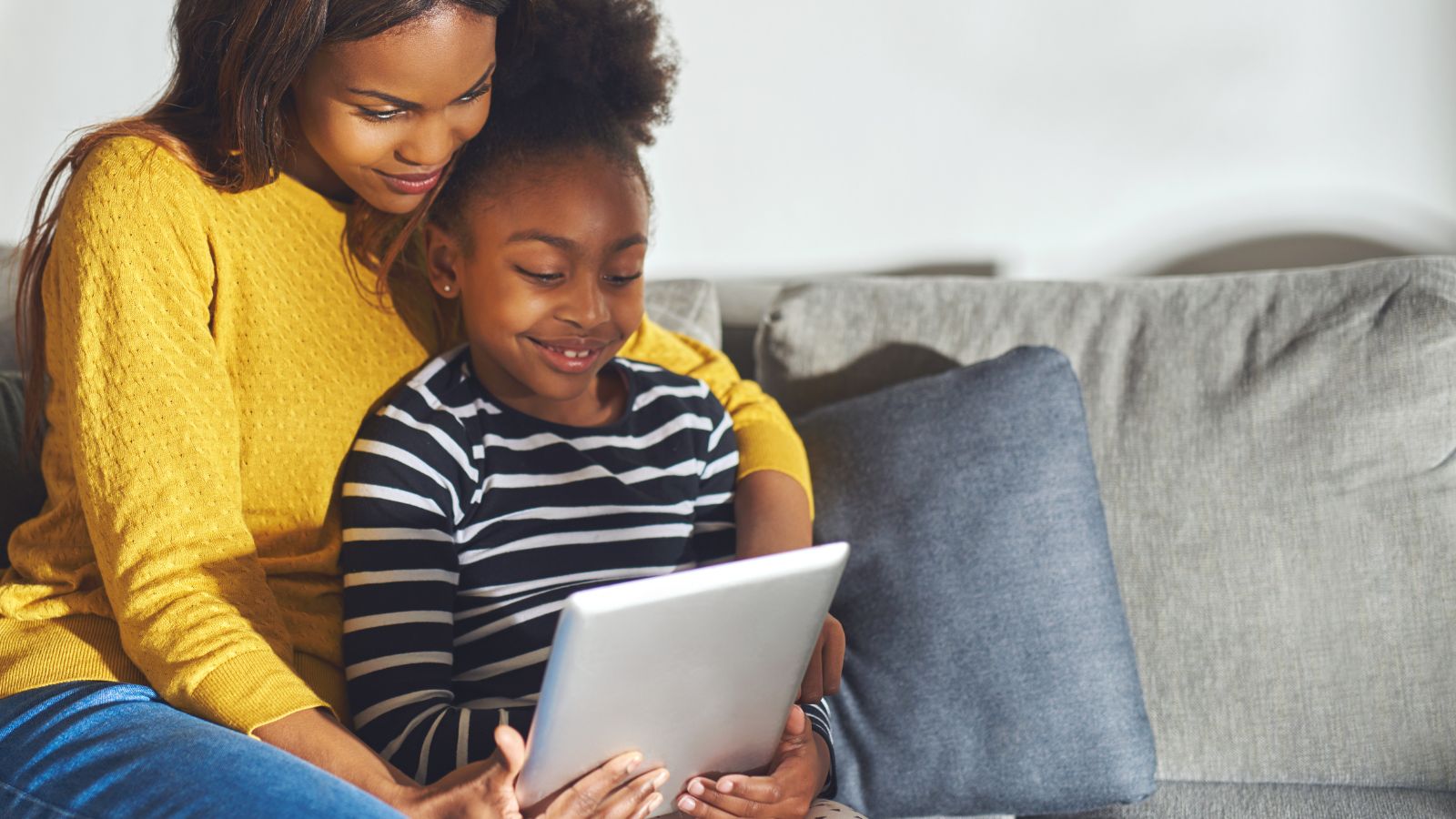Let’s be honest. All of us have something to worry about, and when it comes to kids, it may seem like big, monstrous things lurking under the bed or whirling around in the children's minds. It is a forgotten homework task, a confrontation with a peer, a fear of a dark room, but these fears are quite real to them. However, what would happen should they have a friendly monster whose sole occupation was to eat those worries? Here is the world of the DIY Worry Monster Box, a remarkable creation … [Read more...]
Skill Up! Simple Ways to Help Your Child Learn and Grow
There is no doubt that the proverb “All work and no play makes Jack a dull boy” is correct. This means that without taking time off from work—or school, in the case of kids—a person becomes boring and bored. Just like what several companies advocate for as work-life balance in their teams. However, the opposite is also true: kids simply playing their toys or at the playground without incorporating learning into the games is also a worthless activity. Watching your child develop new skills … [Read more...]
The Preparedness Puzzle: Simple Steps for Educational Success at Home
"Home is where the heart is." - Roman proverb, Pliny the Elder No child will be successful in school without learning stuff at home. Every parent wants to see their child thrive in school, and that journey often begins long before the first bell rings. From setting routines to preparing study-friendly spaces, small efforts at home can create a strong foundation for academic growth. Just as thoughtful details like choosing durable school essentials—such as French Toast navy blue uniform pants … [Read more...]
Kids Safety Tips: Using GPS Tracking To Know About Them
Ensuring children’s safety is a top priority for parents, especially as kids gain independence. Whether they are going to school, playing outside, or visiting friends, keeping track of their whereabouts is essential. GPS tracking provides a reliable way for parents to monitor their children in real-time, offering security and peace of mind. This guide covers how to use GPS tracking for child safety, the best features to look for, and effective tips to ensure kids stay safe at all times. Why … [Read more...]
Creating a Safe Space for Your Kids As a First-Time Mom
Becoming a mom for the first time is a life-changing experience filled with love, excitement, and a touch of nervousness. One of the biggest priorities for new moms is creating a safe and nurturing space for their children. Physical safety and emotional security are key to helping your child thrive in their early years. Here’s a comprehensive guide to help create a safe space for your child. Physical Safety: Baby-Proofing Essentials Physical safety is one of the first things that come to mind … [Read more...]
Foldable Prams for Traveling Parents
When babies come into the picture, then travel seems to be fun and interesting, but at the same time has its challenges. And as all parents know, it is always the type of equipment you have that dictates how easy or difficult it will be. So as traveling families, a pram or foldable stroller is one basic equipment that is of high priority. Most especially foldable prams which are very helpful for parents who are always in motion. These types of prams are easy to store, are portable, are … [Read more...]
10 DIY Wood Crafts for Kids to Spark Creativity
Did you know 1 in 3 American households love crafting? Woodworking projects can spark your child's creativity even more. I'll share 10 fun DIY wood craft ideas for kids. These projects are perfect for sparking their imagination. As your laser partner, I'll show you how to use precision laser technology. This makes these projects exciting and safe for kids of all ages. From simple woodworking to complex laser-cut creations, there's something for everyone. You'll find activities that spark … [Read more...]
Keep the Kids Busy All Season Long: Fun Outdoor Activities Everyone Can Enjoy
It can be difficult for a mother to entertain her children while getting them to move. Have you ever yearned for some enjoyable outdoor activities to keep everyone engaged? These are not only lovely family activities but also fantastic chances to get your kids active. However, many enjoyable outdoor activities will enable everyone to make the most of these warm days, so do not be alarmed. To help you, we'll break down a few of our favorite things to occupy the kids all season long. From … [Read more...]
Super fun and creative ways to help your kids learn
As a parent, you always want the best for your kids, especially regarding their education. For them to grow up happy and prosperous in all aspects of life, with as few or as little bumps along the way. Now more than ever, it's imperative to keep kids stimulated and nurture their active imaginations. Even the youthful exuberance of a child can be sullied by the tedium of long hours stuck inside. Exacerbated by the ongoing pandemic. In short, it isn't always good for their creativity. … [Read more...]
4 Animal Face Painting Design Ideas for Your Kids
Whether it is a birthday party attraction or a costume competition - knowing how to face paint can be really handy. I spent my niece’s last birthday, painting the faces of little children to help them look like the animals they wanted. I honestly had more fun than I thought I would. Here are some of the popular designs I made and how to make them. 1. Dog Face Paint Design Dogs are one of the most common animals that kids want to dress up as or want to be associated with. Painting a dog … [Read more...]




























